Have you ever wondered what life would be like if you suddenly shrank to the size of a common housefly? Your familiar backyard would transform into a vast wilderness filled with dangers and opportunities. The ordinary garden you tend each weekend would become an unexplored frontier with towering plant structures, massive predators, and strange environmental challenges. In this article, we’ll explore the fascinating, perilous 24 hours you might experience living as one of the most common insects in your yard—the humble housefly. From dawn’s first light to the dangers of dusk, we’ll examine what survival would entail in this miniaturized existence.
The Transformation: Waking Up as a Housefly
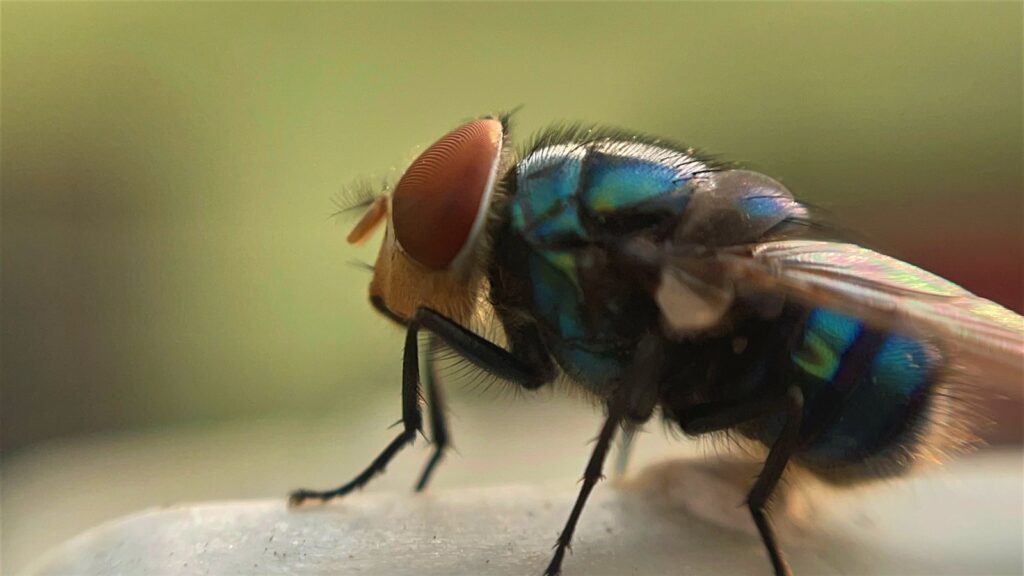
Imagine opening your compound eyes for the first time, suddenly perceiving the world through approximately 4,000 individual lenses that create a mosaic-like image of your surroundings. Your former bedroom ceiling would appear as an endless expanse, and ordinary household objects would loom like mountains in the distance. The most disorienting aspect would be your new sensory capabilities—you’d suddenly detect air currents, vibrations, and chemical signals that were completely imperceptible in your human form. Your body would feel impossibly light, with six jointed legs capable of gripping surfaces in any orientation, including walking upside down on your former ceiling with ease. This transformation would render the familiar utterly foreign, with your survival instincts immediately kicking in to navigate this new reality.
The Physics of Being Small: A New Relationship with Gravity
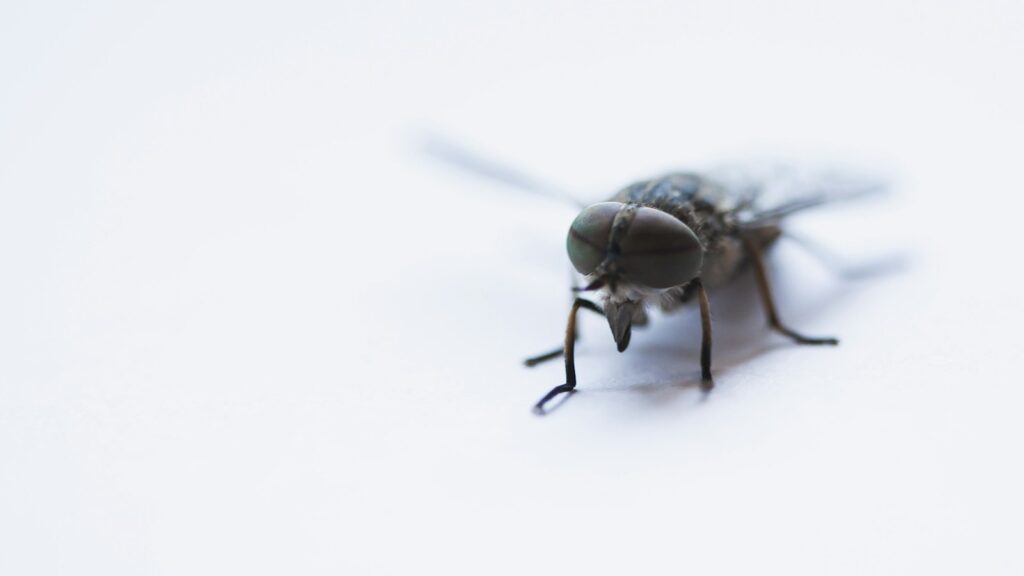
As a housefly, your relationship with physical forces would fundamentally change. The surface tension of water, once barely noticeable to your human self, would become a potentially life-threatening barrier that could trap and drown you if you aren’t careful. Air would feel thicker, more viscous—similar to how we might experience moving through water—allowing you to maneuver with remarkable agility but also making you vulnerable to slight breezes that could send you tumbling. Falling would rarely be fatal, as your exoskeleton provides excellent protection relative to your tiny mass, and terminal velocity for an insect your size would be quite low. The most surprising change might be your ability to walk up vertical surfaces and across ceilings, thanks to specialized pads called pulvilli on your feet that generate molecular attraction to surfaces through thousands of tiny hairs.
Morning Navigation: Finding Your Way Outside
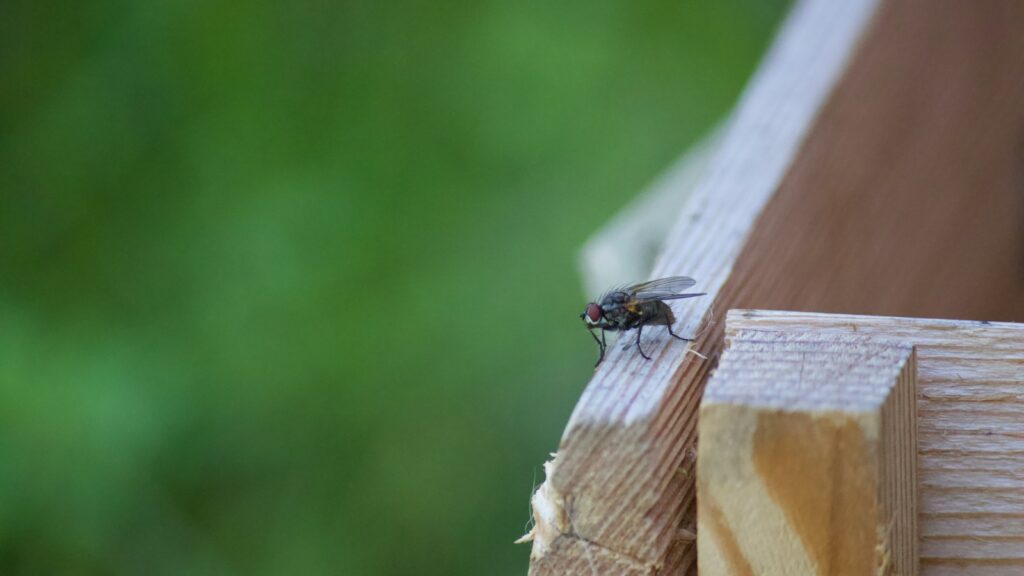
Your first challenge as a newly transformed housefly would be navigating out of your home and into the backyard. Light would become your primary navigational tool, as houseflies are strongly phototactic, meaning they’re drawn toward brightness. Windows and open doors would act as beacons, guiding you toward the outdoors. The journey itself would be perilous—household fans would generate hurricane-force winds from your perspective, while air conditioning vents might create powerful suction that could pull you off course. Pets that once seemed friendly would now register as enormous predators, their movements creating seismic vibrations through the floor. Your incredible flight speed—up to 5 mph, which is remarkable for your size—would allow you to zip through openings in seconds, although navigating through tight spaces would require precise control of your new wings, beating at an astonishing 200 times per second.
The Backyard Battlefield: Predators Everywhere

Reaching your backyard would immediately place you in one of nature’s most competitive battlefields, where countless predators specially evolved to catch insects await. Garden spiders, once barely noticeable decorations in your garden, would become terrifying ambush predators with webs that appear nearly invisible until you’re entangled in their sticky threads. The common backyard bird would transform into a precision aerial hunter with remarkable vision capable of spotting your movement from surprising distances. Most alarming might be the presence of dragonflies—the fighter jets of the insect world—capable of intercepting you mid-flight with nearly 95% hunting success rates, among the highest of any predator on Earth. Even ants, moving in coordinated groups, could overwhelm you if you landed in the wrong territory, forcing you to remain vigilant about where you rest between flights.
Feeding Frenzy: The Disgusting Diet of a Housefly
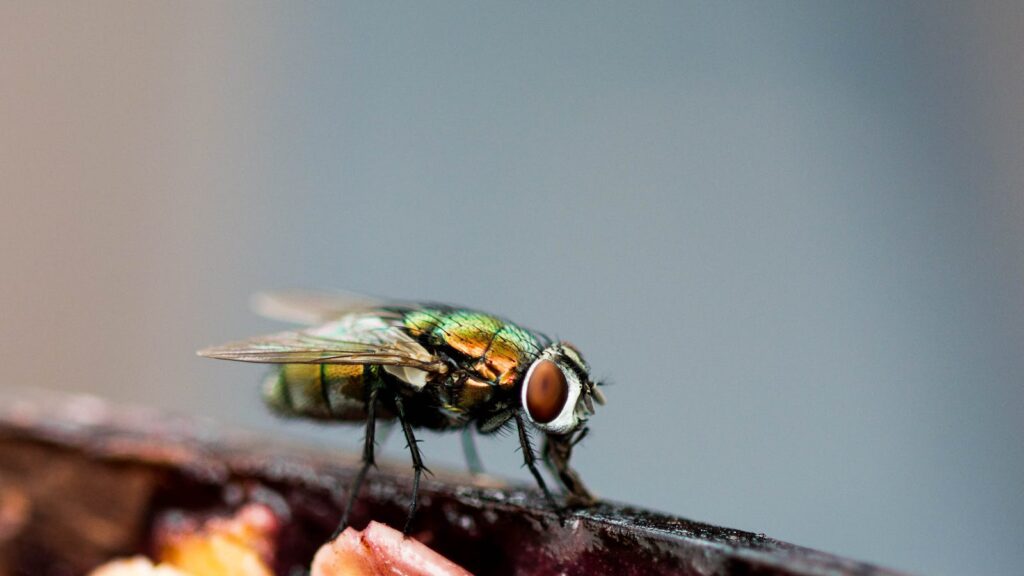
Perhaps the most dramatic change to your daily routine would be your new dietary requirements and feeding method. Unable to chew solid food, you would need to liquify your meals by regurgitating digestive enzymes onto potential food sources—essentially vomiting on your food before sucking it back up through your proboscis. Your diet would consist largely of decomposing organic matter, feces, and other substances you would have found repulsive as a human. Your taste receptors, now located on your feet rather than in your mouth, would allow you to “taste” surfaces by walking on them, helping you locate nutrient-rich feeding opportunities. Despite this seemingly disgusting diet, you would perform an ecological service by helping break down organic waste and returning nutrients to the soil ecosystem, participating in nature’s recycling program even as you satisfied your constant hunger.
The Time Pressure: Living on Fast Forward

As a housefly, your perception of time would dramatically accelerate, with the world appearing to move in slow motion compared to your human experience. This altered perception stems from your visual system processing images at a much faster rate—about five times faster than human vision—allowing you to react to threats with what would seem like supernatural reflexes. This explains why swatting flies is so difficult; from the fly’s perspective, your approaching hand moves slowly enough to be easily avoided. This accelerated temporal experience comes with a significant cost, however: the average lifespan of a housefly ranges from just 15-30 days. Your entire day as a fly would represent a significant portion of your total lifespan, with each hour precious in a compressed existence where development, reproduction, and survival all must occur within a brutally short timeframe.
The Mating Game: Reproductive Priorities
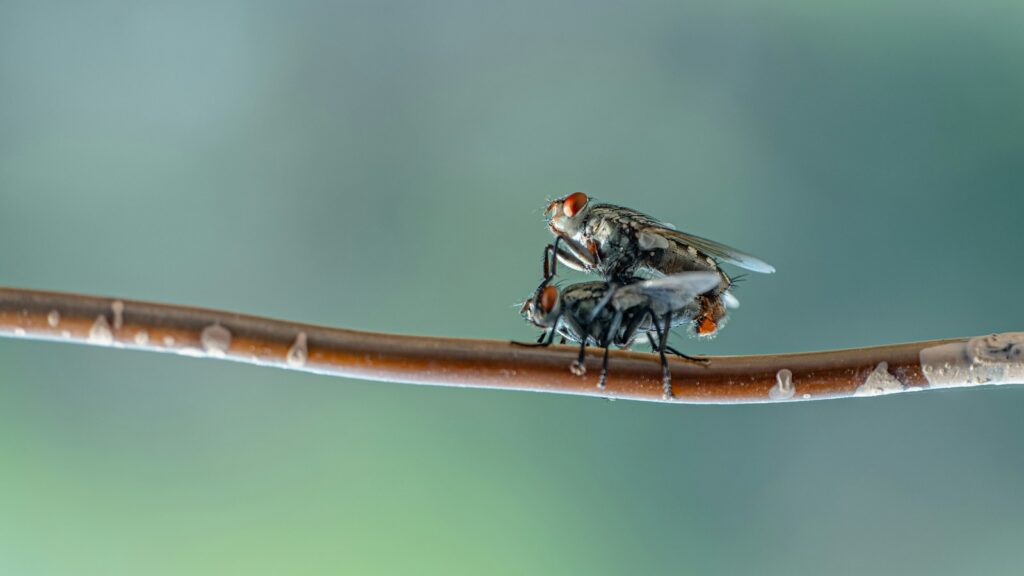
If you managed to survive into the afternoon as a housefly, reproductive imperatives would likely dominate your behavior, particularly if you were male. Male houseflies spend significant portions of their brief lives patrolling territories, engaging in elaborate aerial displays, and competing with other males for access to females. The courtship process itself is remarkably complex for such a small creature, involving specific flight patterns, chemical signals, and tactile interactions that must be performed correctly to succeed. Female flies, after mating, face the urgent task of finding appropriate egg-laying sites—typically decomposing organic matter that will provide nourishment for larvae. The reproductive pressure is immense due to the short lifespan, with female flies capable of laying up to 500 eggs in batches throughout their brief adult lives, ensuring the species continues despite high individual mortality rates.
Thermoregulation: Surviving Temperature Extremes
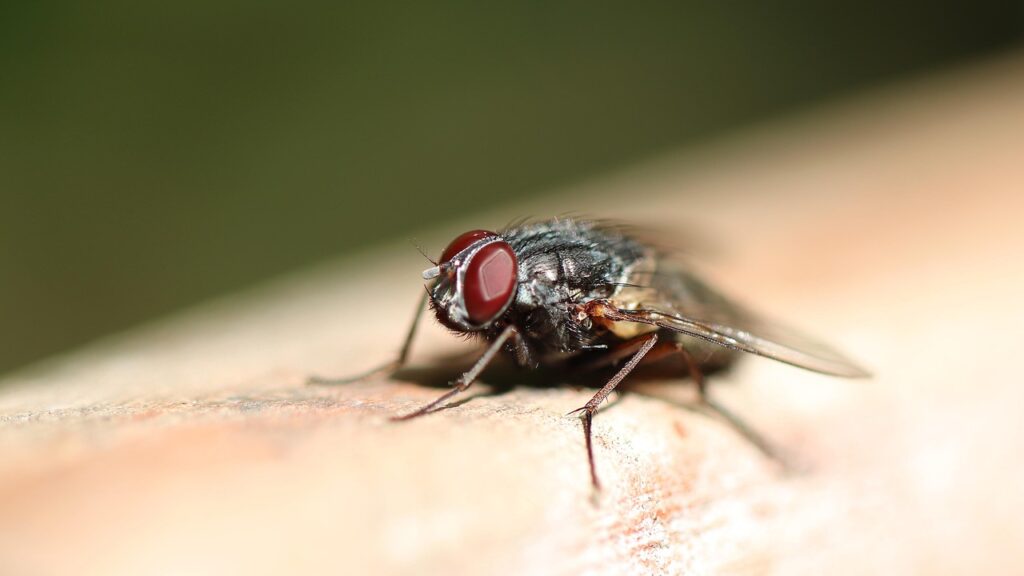
As a cold-blooded insect, temperature regulation would become one of your most pressing daily concerns. Without the ability to internally regulate your body temperature, you would be at the mercy of environmental conditions, becoming sluggish or even immobile during cool mornings until the sun adequately warmed your tiny body. During peak afternoon heat, you might need to seek shade to prevent overheating, as temperatures that feel pleasant to humans could potentially be fatal to an insect. Your activity levels would directly correlate with temperature, reaching peak performance around 83°F (28°C)—a fact that explains why flies seem more numerous and active on warm summer days. This temperature dependence would dictate not just your comfort but your very ability to escape predators or find food, making microclimate selection a critical survival skill throughout your day.
The Sensory Experience: A Different Way of Perceiving

Your sensory world as a housefly would be alien compared to human perception, dominated by chemical detection rather than visual or auditory information. While your compound eyes would provide excellent motion detection and a nearly 360-degree field of view, they would offer poor resolution and limited color perception, primarily detecting wavelengths in the blue-green-UV spectrum. Your most important sensory organs would be your antennae, which function as combined nose and ears, detecting airborne chemicals at concentrations humans cannot perceive and sensing air vibrations that constitute the fly’s version of hearing. Most fascinating would be your ability to taste through your feet, allowing you to immediately assess the nutritional value of any surface you land on. This radically different way of experiencing the world would guide all your decisions, from avoiding danger to finding food, mates, and suitable environments.
Communication in the Insect World: Chemical Conversations
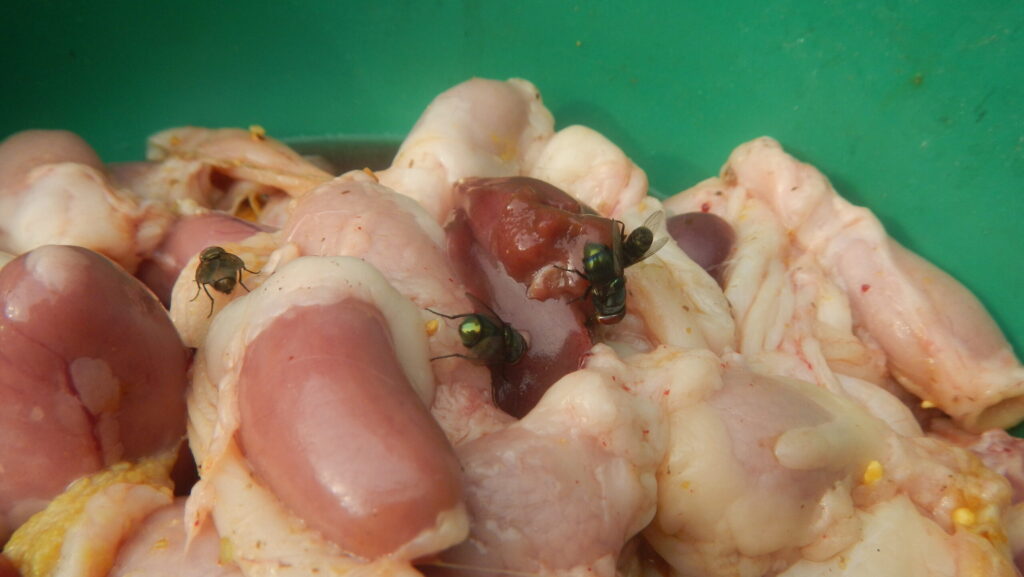
As a fly, you would participate in a complex communication network invisible to human perception, primarily through chemical signals called pheromones. These chemical messages serve multiple purposes, from marking territorial boundaries to attracting mates or warning others of danger. When a fly encounters a rich food source, it often deposits pheromones that attract other flies, creating the swarms we commonly observe around decomposing matter. Your body would continuously produce and detect these chemical signals, engaging in silent conversations with other insects throughout your backyard ecosystem. This chemical communication network operates constantly throughout the insect world, creating an invisible landscape of information that guides behavior and social interactions in ways humans rarely notice or understand.
Nightfall: The Dangers of Darkness

As daylight fades, you would face one of the most dangerous transitions in your fly existence—the onset of night. Houseflies are primarily diurnal creatures with poor night vision, making darkness a period of extreme vulnerability. Your natural instinct would be to find a safe resting place, typically on a ceiling or vertical surface where you’re less accessible to ground-dwelling predators. Nighttime brings a shift in the predator community as well, with nocturnal hunters like geckos, some spiders, and certain amphibians becoming active while you’re at your most disadvantaged. Temperature drops would further compromise your mobility, potentially leaving you stranded until morning warmth returns. The challenges of surviving through the night would be so significant that many flies don’t make it to see another dawn, highlighting the precarious nature of existence at this scale.
Human Impact: Dodging the Giants
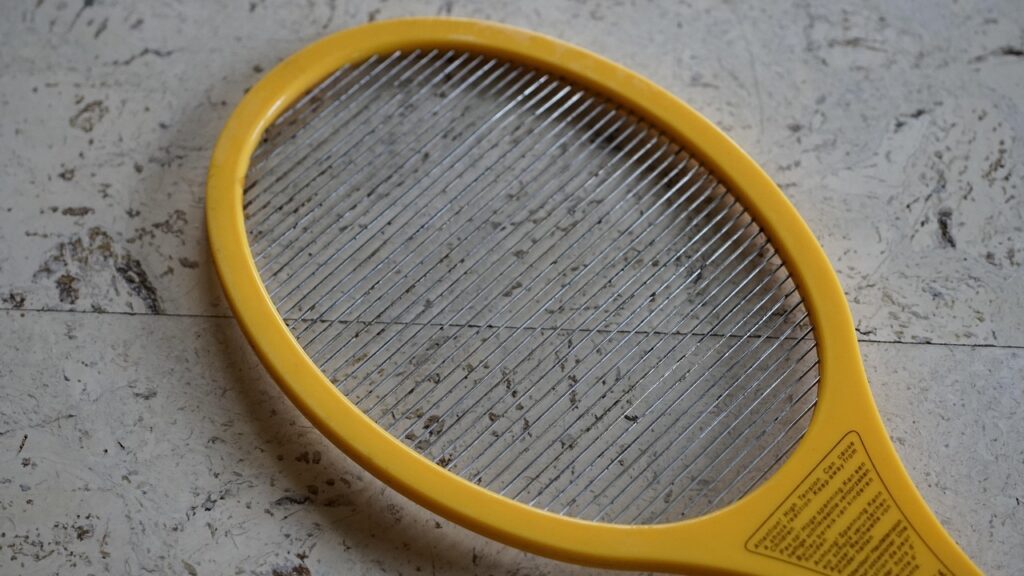
Throughout your day as a fly, humans would represent one of the most unpredictable and dangerous elements of your environment. The same people who once barely noticed insects would now appear as colossal beings capable of ending your existence with casual movements. Ordinary human activities like cooking, cleaning, or gardening would create catastrophic disturbances from your perspective—chemical sprays that once seemed harmless would become toxic clouds, while fly swatters would generate air pressure changes detectable well before impact. Perhaps most disorienting would be recognizing that the very creatures trying to eliminate you were once your own species, highlighting the dramatic perspective shift that comes with such a transformation. Your survival would depend on developing a healthy fear of human presence while still exploiting the rich food sources humans inadvertently provide.
Returning to Human Form: Lessons from Insect Life
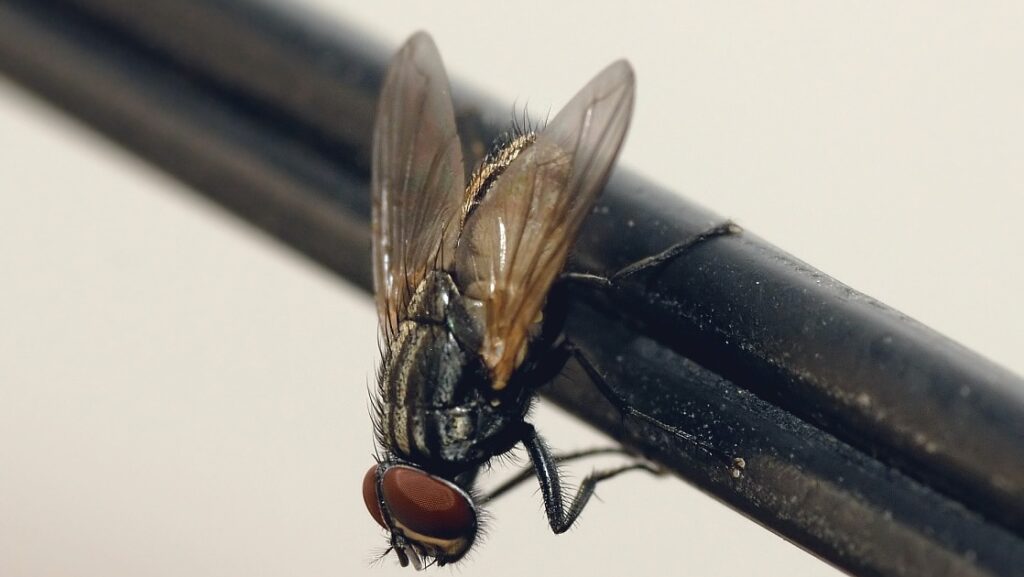
If you were fortunate enough to return to human form after your day as a housefly, you would carry profound insights about the complexity of life at microscales. The experience would likely generate newfound appreciation for the intricate ecological relationships occurring in even the smallest backyard, where dramas of survival, reproduction, and competition play out constantly beneath our notice. You might develop greater respect for the evolutionary adaptations that allow insects to thrive despite their vulnerability, from their remarkable sensory systems to their reproductive strategies optimized for high mortality rates. Perhaps most valuable would be the perspective shift—understanding how radically different the world appears at different scales, and how environments we consider safe and controlled are actually wild frontiers for the countless small organisms sharing our spaces.
While we can only imagine such a transformation, this thought experiment reveals the extraordinary complexity of life operating just beyond our everyday awareness. The common housefly, often dismissed as a mere nuisance, navigates a world of constant danger requiring sophisticated sensory systems, complex behaviors, and remarkable physical adaptations. The next time you notice a fly in your home or garden, consider the intricate universe it inhabits—a place where gravity works differently, time moves faster, and survival requires constant vigilance. Perhaps this glimpse into the challenges of insect existence will foster greater appreciation for the resilience and ingenuity of life at all scales, even in the seemingly simple creatures buzzing through our backyards.
